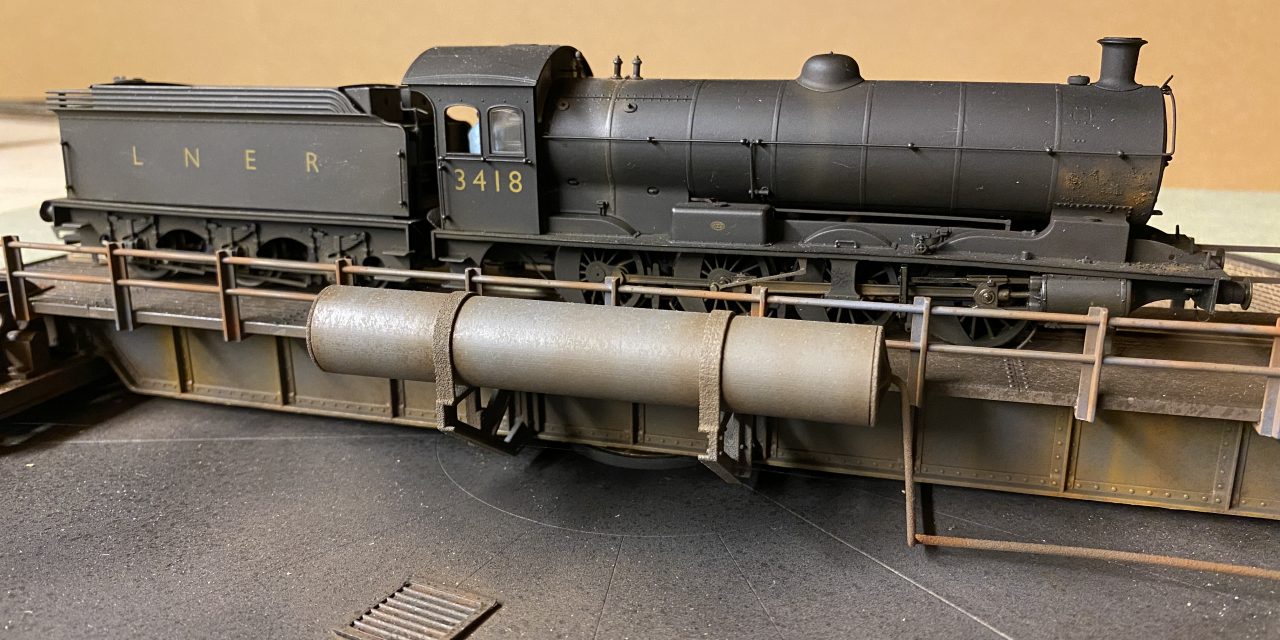The Rede Valley Railway is finally getting the engines it needs to make it look authentically in the English borders. First one into traffic is a Hornby Q6, weathered and sound fitted.
A steam railway set in the North East needs the engines that made that part of the world distinct. Steam ended on the old North Eastern Railway metals on 6 September 1967. Pre Group engines were there till the end. Q6 and J27 in particular. Fortunately the RTR manufacturers have finally realised this. Hornby have given us the Q6, while Oxford Rail have a J27 under development. We’re even going to get a G5, the mainstay of local passenger services right until the DMU came along, from TMC.
The Hornby Q6 was acquired back in 2018 at Model Rail Scotland, but never made it into traffic, mainly because I bought the wrong decoder. I wrongly assumed that DCC Concepts decoders supported asymmetric DCC. They don’t ( yes I know the new Zen black ones do, but they weren’t about in early 2018).
I decided that all new engines entering traffic in weathered condition would be sound fitted, so a replacement chip was sourced with Q6 sound already loaded from Youchoos. The Q6 would become the first properly sound fitted engine on the Rede Valley.
Zimo is my decoder of choice these days, so I selected an MX645R, along with a big stay alive capacitor and a 1.5 watt speaker.
Sound installation was quite straightforward. The Hornby Q6 tender is easily removed, and with the engine sitting in a Peco servicing cradle I fitted the decoder, and speaker. I chose a round speaker to match the speaker mount already moulded into the tender chassis, and positioned things carefully to make sure there was room for a decent sized stay alive capacitor. Decoder and stay alive fit in nicely either side of the coal bunker, secured with some double sided tape.
I reassembled the Q6, and then used JMRI Decoder Pro to alter the address from 03 to 3418, the number on the side of the cab, and then check everything worked properly on the test track.
The initial test worked well, so I gave it a try on the layout. You can see the result in the video.








